-
Welcome to Tundras.com!
You are currently viewing as a guest! To get full-access, you need to register for a FREE account.
As a registered member, you’ll be able to:- Participate in all Tundra discussion topics
- Transfer over your build thread from a different forum to this one
- Communicate privately with other Tundra owners from around the world
- Post your own photos in our Members Gallery
- Access all special features of the site
3rd Gen Axle Capacity and Payload Confusion
Discussion in 'Towing & Hauling' started by blenton, Jun 15, 2024.


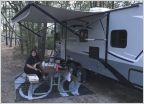 Bought our first trailer! Couple questions.
Bought our first trailer! Couple questions.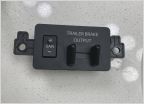 2018+ Owners: Have any of you successfully installed a P3?
2018+ Owners: Have any of you successfully installed a P3?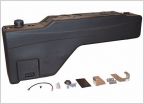 Auxiliary “Gas” tank
Auxiliary “Gas” tank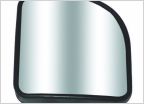 Towing mirrors OEM or ??
Towing mirrors OEM or ?? Air Bags: To "T" or not to "T"....that is the question
Air Bags: To "T" or not to "T"....that is the question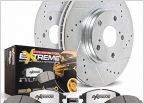 Brakeand rotor upgrade for hilly towingSome
Brakeand rotor upgrade for hilly towingSome











































































